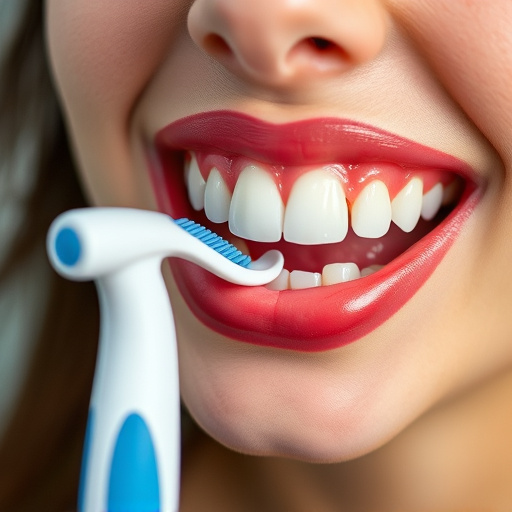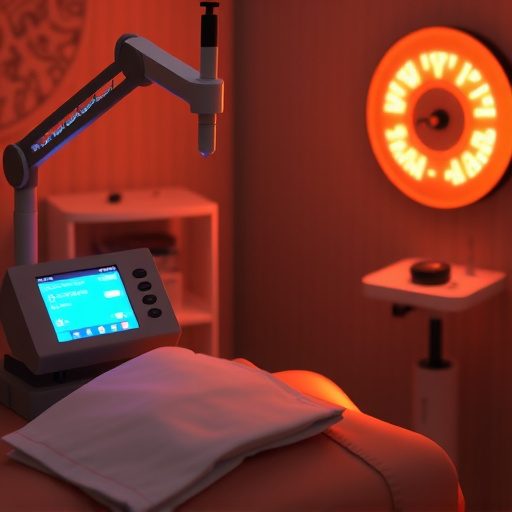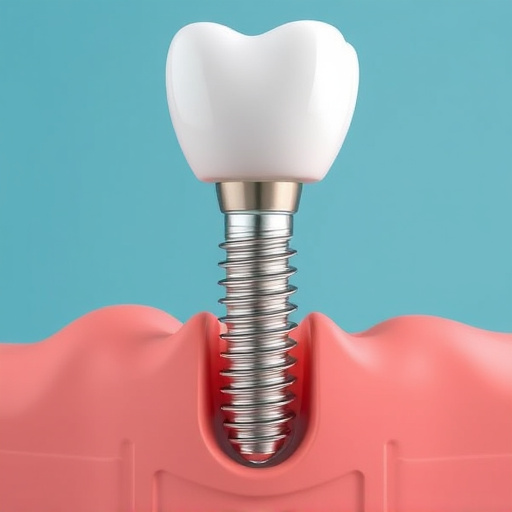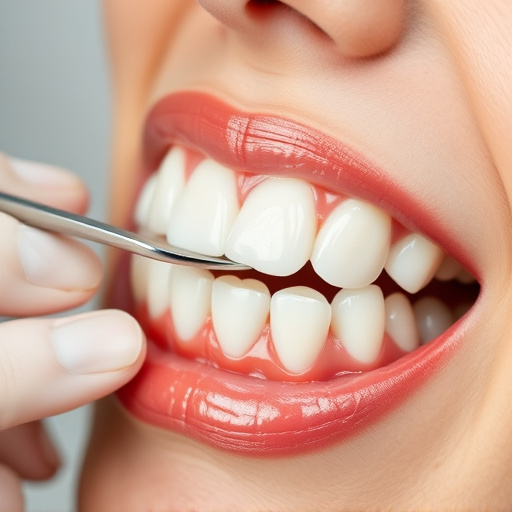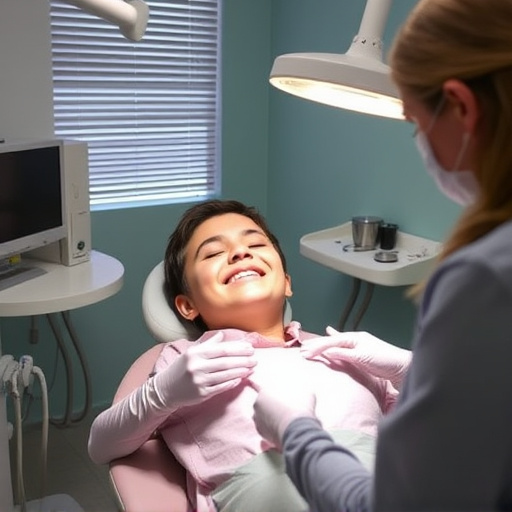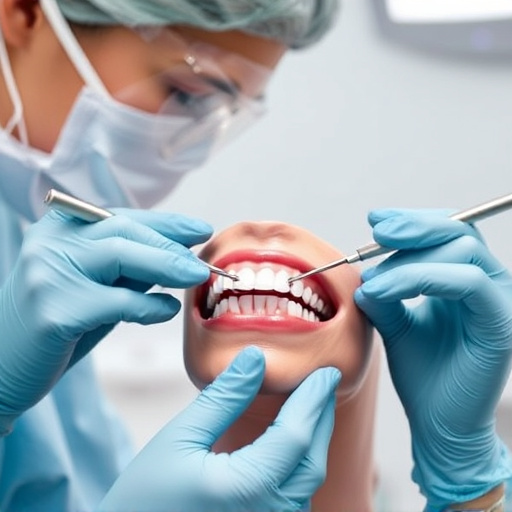Conservative dental treatments focus on gentle oral care, preventative strategies, and advanced yet minimally invasive procedures. Regular check-ups, cleanings, and proper home hygiene reduce risks of tooth decay and gum disease. Clear aligners offer a discreet brace alternative, while cosmetic dentistry techniques enhance smiles without compromising health or structure. Prioritizing safety, comfort, and patient well-being, general dentistry services range from routine care to minor restorative work, ensuring informed consent and minimal discomfort through modern equipment and sterile techniques.
In today’s dental landscape, prioritizing safety and minimizing intervention are crucial. This article explores conservative dental treatment options—a gentle approach that aims to preserve tooth structure and overall oral health. We delve into common procedures like fillings, crowns, and inlays/onlays, highlighting their benefits. Additionally, we discuss best practices for ensuring safety and comfort during conservative dentistry, empowering patients to make informed decisions about their oral care.
- Understanding Conservative Dental Treatments: A Gentle Approach
- Common Conservative Procedures and Their Benefits
- Ensuring Safety and Comfort: Best Practices for Conservative Dentistry
Understanding Conservative Dental Treatments: A Gentle Approach
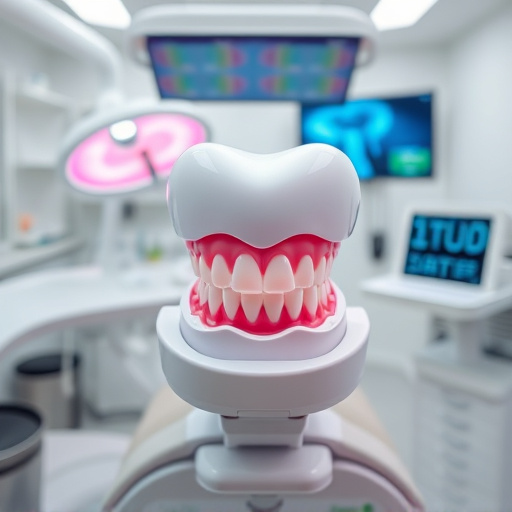
Conservative dental treatments represent a gentle and proactive approach to oral healthcare. These methods focus on minimizing invasive procedures while promoting long-term oral health. By adopting preventive dentistry strategies, such as regular check-ups, professional cleanings, and proper home care routines, individuals can significantly reduce the risk of common dental issues like tooth decay and gum disease.
One popular conservative treatment option is clear aligners, which offer a discreet alternative to traditional braces. These transparent trays gradually straighten teeth over time, making them ideal for patients seeking both functionality and aesthetics. Additionally, cosmetic dentistry techniques, while often associated with more extensive procedures, can also be employed conservatively to enhance smiles without compromising oral health or structure.
Common Conservative Procedures and Their Benefits

Many common conservative dental procedures offer effective solutions for maintaining oral health while preserving natural tooth structure. One such procedure is preventative dentistry, which focuses on routine check-ups, cleanings, and home care practices to forestall decay and gum disease. Regular visits to the dentist can detect early signs of issues, allowing for prompt treatment and preventing more invasive procedures down the line.
Another widely used conservative approach involves clear aligners, invisible braces that gradually straighten teeth without metal wiring or brackets. This aesthetically pleasing option is popular among patients seeking a discreet way to achieve a straighter smile. Additionally, cosmetic fillings have advanced, utilizing composite materials that mimic natural tooth color, providing both functionality and an improved look for damaged or decayed teeth. These fillings preserve more of the natural tooth structure compared to traditional amalgam fillings.
Ensuring Safety and Comfort: Best Practices for Conservative Dentistry
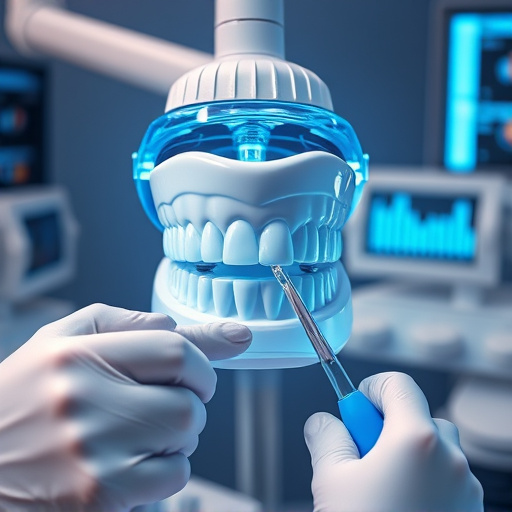
Ensuring safety and comfort should be paramount when considering conservative dental treatment options. Professional dentists adhere to strict protocols using state-of-the-art equipment and sterile techniques to minimize risks and ensure patient well-being. From routine checkups and cleanings to addressing minor decay, general dentistry plays a crucial role in maintaining oral health while providing comprehensive dental care without invasive procedures.
Best practices for conservative dentistry include informed consent, where patients understand the treatment plan, risks, and benefits. Using local anesthesia ensures minimal discomfort during procedures. Additionally, emergency dental care services are readily available for sudden issues, offering prompt relief and preventing further complications. Patients should always feel at ease communicating their concerns, enabling dentists to tailor treatments accordingly.
Conservative dental treatments offer a gentle, effective, and safe approach to oral care. By focusing on minimal intervention techniques, these options preserve tooth structure while alleviating discomfort and anxiety. From routine fillings to specialized root canal procedures, each conservative procedure is tailored to the patient’s needs, ensuring long-lasting results. Adhering to best practices for safety and comfort further solidifies conservative dentistry as a reliable choice for maintaining optimal oral health.

